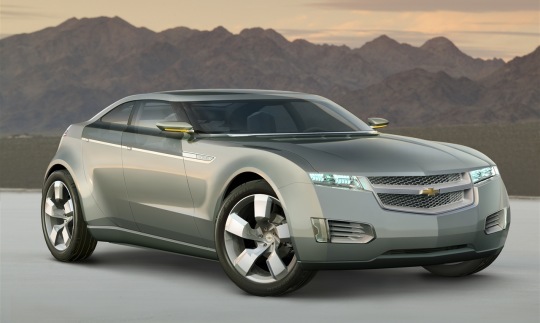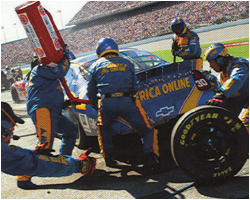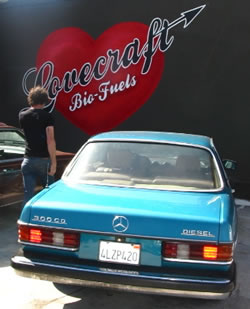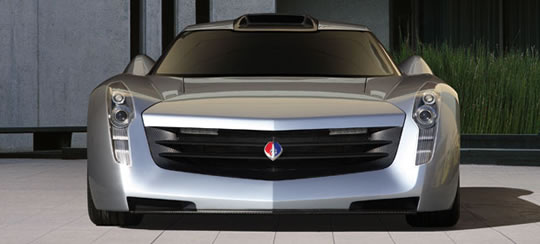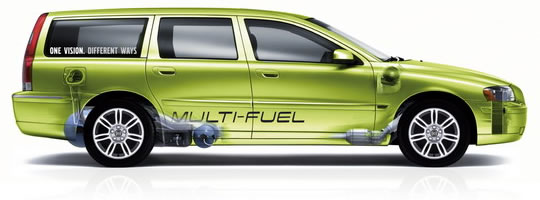Ads for Cars you Can't Buy
Recently car companies have taken to advertising cars they don't sell. Like this one for the BMW Hydrogen 7,
or this one for the Honda FCX Clarity, and lastly this one for the Chevy Volt.
When I first saw these ads I was outraged. None of these products can be purchased, and they could be nothing more than empty promises. However, after reflecting on these ads, I concluded that they could actually improve things for fuel efficient vehicles. Read on for why.
